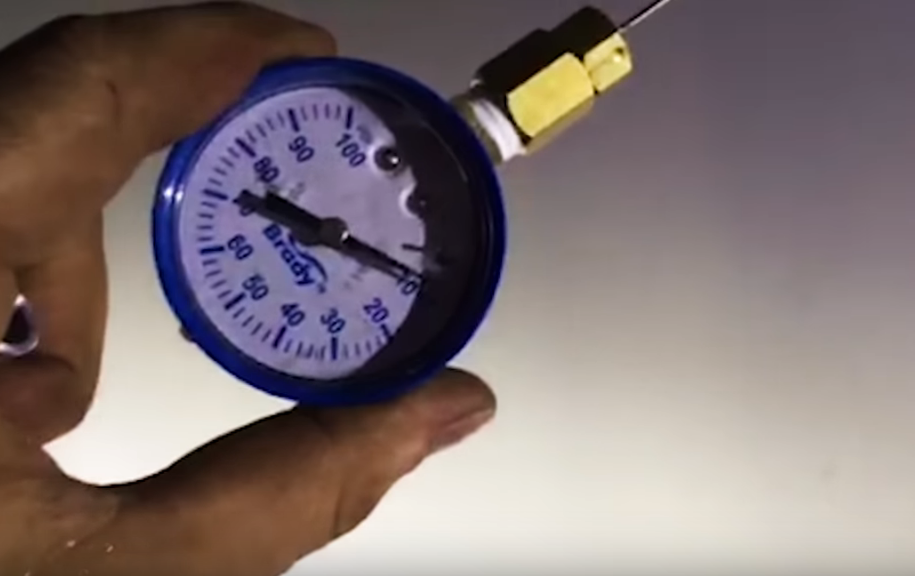Water Source Walkthrough w/ Eric Mele
August 28, 2018


You can listen to the introductory podcast on the HVAC School website at https://hvacrschool.com/podcasts/intro-to-water-source-heat-pumps-w-eric-mele-podcast/ and the more in-depth podcast at https://hvacrschool.com/podcasts/water-source-the-water-side-w-eric-mele-podcast/.
Water source heat pumps have at least one cooling tower. In the case of this particular system, we have a two-cell cooling tower that pumps water up and drops it down. Air comes in through the side vents and is discharged out the top. Cooling towers also have drains; the bottom pipe with the valve is the actual drain, and the top pipe without the valve is for overflow. In this case, the cooling tower is draining onto the roof instead of through the drain, which is a significant problem. There is also a bypass to fill the system more quickly on the suction side if it were to be drained. Cooling towers also have motors on the towers, usually belt-driven.
The water comes from downstairs via a pipe, which can step down the pressure and may sometimes be equipped with a backflow valve. Towers may also have convenience outlets where you may attach a hose if you need to.
The tower also has makeup water, which goes through a valve with a float assembly to maintain the water level. In the case of the first cooling tower configuration, the makeup water goes to a closed-loop system. The closed-loop has pumps with strainers. Normally, the pumps can be isolated with shut-off valves. There may also be a check valve with a circuit center; if you restrict the opening, you will drop the pump amperage and water flow. Some pipes also go to differential pressure sensors, which send signals to the drive that let it know which speed to use for operating the pump. Cooling towers also have heat exchangers and may have chemical treatment piping as well; there is a strainer on the suction side where those pipes feed into the system.
Other configurations use condenser water and are open-loop systems. On those, there are also discharge pipes that go away from the tower and suction pipes that go to the tower. There are still inlet and outlet sides as well as makeup water.
Inside the pump room, you will find the controls. In this case, we have variable frequency drives (VFDs). You’ll also find motor starters for the pumps and the boiler’s circulating pump. The boiler piping may or may not also have electronic mixing valves attached. You can find most of the major boiler components inside the room, including the burner assembly and thermostat. There may also be some additional pumps and strainers within the pump room.
Water source heat pumps have the same signature features as air source heat pumps, including the reversing valve and compressor. However, these systems also have heat exchangers, which are staples of water-source equipment. Chiller water-source systems also have chilled water piping. The piping will often have Pete’s plug fittings that allow you to attach temperature and pressure gauges to monitor the fluid within the pipes; you can purchase Pete’s plug adaptors to make your gauges attach to the system seamlessly.
Eric also looks at a water source A/C system, which has visible ductwork instead of chilled water piping.
The makeup water piping within the closed-loop has pressure-reducing valves and a bypass. You’ll also likely find an air separator tank right by the makeup water assembly; these have automatic air bleeds on top. Air bladder expansion tanks may also be present to protect the system; you can check the pressure with the valve stem.
Comments
To leave a comment, you need to log in.
Log In